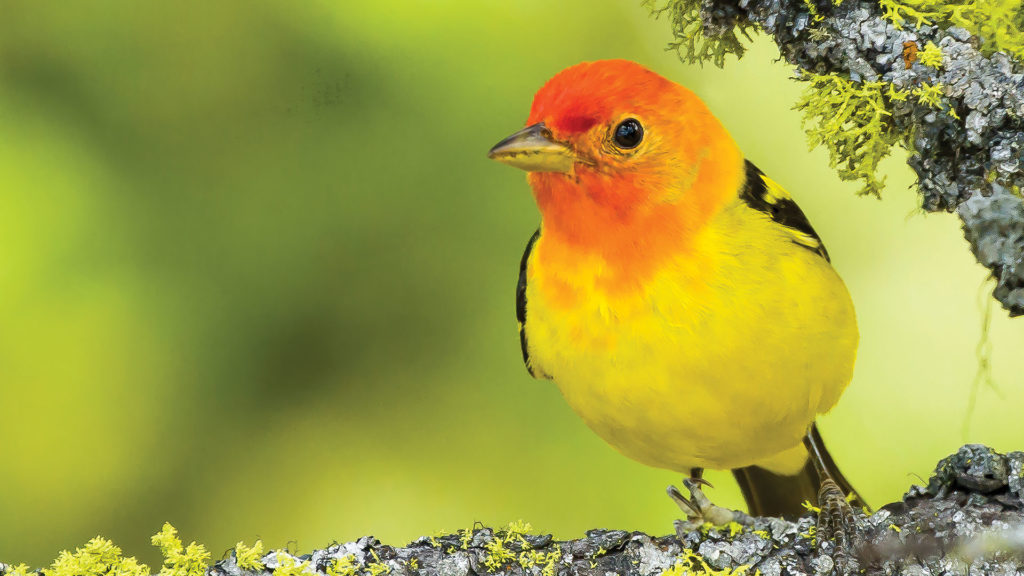The Western Tanager: The Songbirds of the West
While most birds gain their distinct red colouring from a variety of plant pigments called carotenoids, the Western Tanager actually owe their crimson head to a distinct pigment known as rhodoxanthin, also found in conifer buds. It is not surprising that you can find them in western conifer forests and woodlands during their breeding season. The Western Tanager tends to nest in large trees, where the number of eggs laid spans between 3 and 5 eggs starting at the beginning of May and the end of April.

Unlike any other tanager, the species ranges further north, breeding northwards to a latitude of 60 degrees into Canada’s Northwest Territories. The wintering range for this species stretches from southwestern Mexico and Central America. They tend to migrate alone or in groups of 30 birds.
Despite their distinct yellow-black plumage, red head, and memorable song, the species likes to remain hidden. These birds are often out of view, foraging above the tree lines, sometimes flying out to catch insects in flight. They tend to prefer to inhabit the shade of foliage; staying out of your field of vision. Although you will see them often in cities and parks during their long migration from the south and the northwest side of the continent.
The Western Tanager feeds predominantly on insects during the breeding season but it also incorporates fruits and berries into its diet when it can. The latter constitutes a major part of their diet.
How to Identify a Western Tanager?

You may have a hard time spotting one but with a little bit of luck and being in the right area you may spot one of these flashy and vibrant creatures!
The male Western Tanager has a scarlet red head, a vibrant yellow body and black wings. They are around 7 ¼ inches long with a wingspan of 11 ½ inches. The female is a little less conspicuous with a yellow body and black wings. More often than not, they are heard and not seen. As the male is extremely protective of its breeding grounds you will hear a robin-like song filled with arpeggiated whistles to claim his area. When you do catch a glimpse of these elusive creatures, it may just look like a flickering flame!



